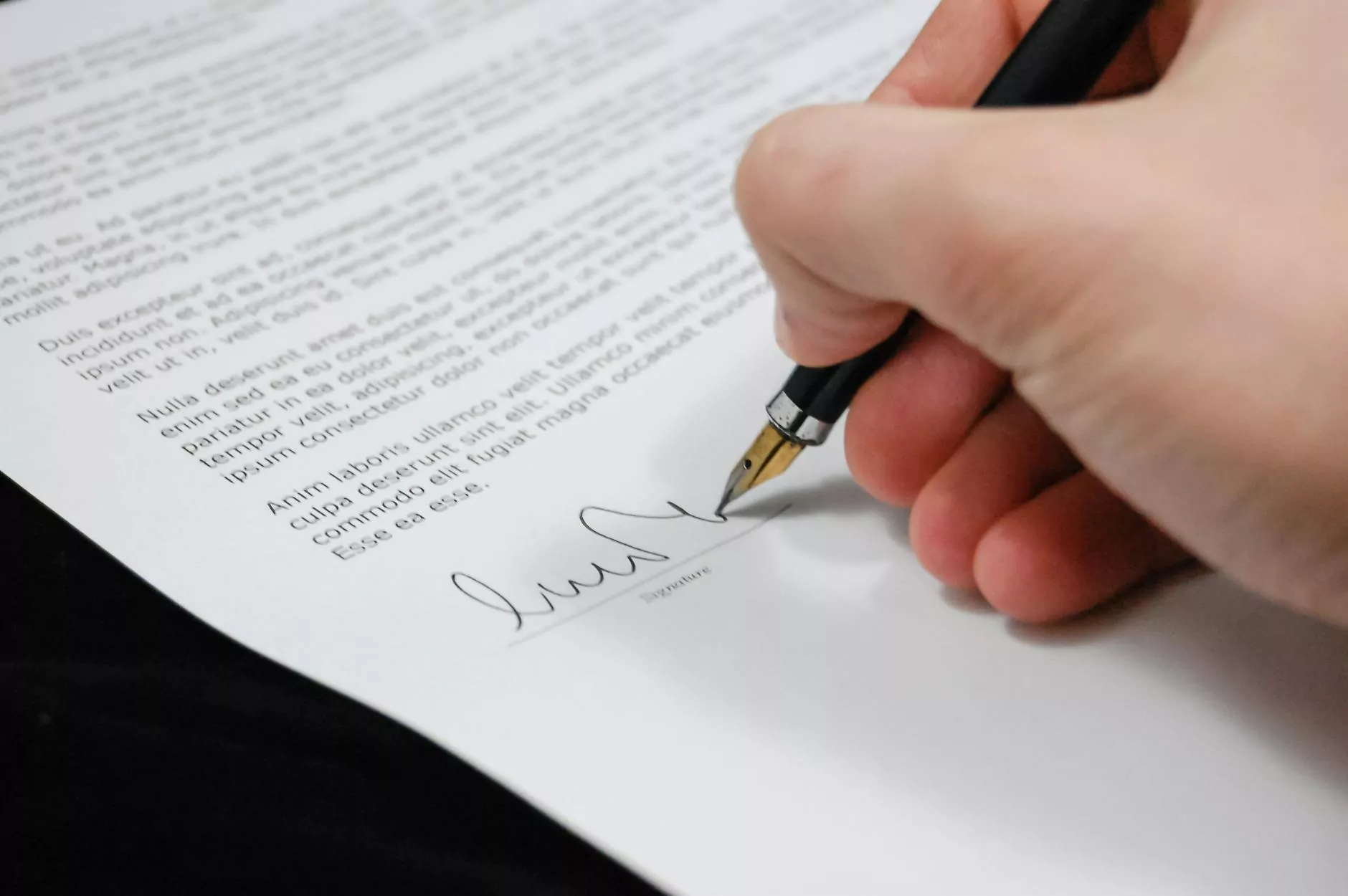Tendonitis vs Tendinopathy: Understanding the Differences and Treatment Options

Tendonitis and tendinopathy are terms often used interchangeably in the field of sports medicine and rehabilitation. However, understanding the core differences between these two conditions is vital for proper diagnosis and effective treatment. This article explores the nuances between tendonitis vs tendinopathy, their causes, symptoms, treatment options, and prevention strategies.
What is Tendonitis?
Tendonitis refers to an acute inflammation of a tendon, typically in response to an injury or overuse. This condition is characterized by a sudden onset of pain and tenderness around the affected joint or area. Often associated with physical activities, tendonitis can impact anyone, from amateur athletes to professional sports players.
Common Causes of Tendonitis
- Overuse: Repetitive motions can gradually irritate and inflame the tendon.
- Aging: Tendons lose their elasticity and become more susceptible to injury with age.
- Sudden Injury: A sudden increase in physical activity or movements can lead to acute tendonitis.
- Preexisting Conditions: Conditions like diabetes or arthritis may increase the risk of developing tendonitis.
Symptoms of Tendonitis
The symptoms of tendonitis can vary based on the tendon affected, but common signs include:
- Pain: Often described as a dull ache, pain may worsen with movement.
- Swelling: Inflammation around the tendon often leads to visible swelling.
- Stiffness: Affected areas may feel stiff, particularly after periods of inactivity.
- Tenderness: The area around the damaged tendon may be sensitive to touch.
What is Tendinopathy?
Tendinopathy is a broader term that encompasses chronic tendon issues, including tendonitis and tendinosis. This condition signifies a degeneration of the tendon due to repetitive stress, and inflammation is not always present. Tendinopathy is often characterized by persistent pain and stiffness that may not necessarily improve with treatment.
Common Causes of Tendinopathy
- Repetitive Strain: Continuous microtrauma from repetitive motions leads to degeneration over time.
- Biomechanical Issues: Abnormal biomechanics, such as improper form during athletic activities, can contribute to tendon degeneration.
- Inadequate Recovery: Insufficient rest between activities can hinder healing and exacerbate the condition.
- Genetic Predisposition: Some individuals may be genetically more prone to tendon injuries.
Symptoms of Tendinopathy
Symptoms of tendinopathy may develop gradually and persist even after rest. Common symptoms include:
- Chronic Pain: Unlike tendonitis, the pain often lasts for weeks or months.
- Stiffness: Affected tendons may feel stiff with limited mobility.
- Swelling: There may be localized swelling, though it is often less pronounced than in tendonitis.
- Weakness: The affected area may feel weak, particularly during activity.
Key Differences Between Tendonitis and Tendinopathy
Understanding the differences between tendonitis and tendinopathy is crucial for effective treatment:
ConditionDefinitionDurationTreatment ApproachTendonitisAcute inflammation of the tendon.Short-term, typically resolves within weeks.Rest, ice, anti-inflammatory medications, and physical therapy.TendinopathyChronic degeneration of the tendon.Long-term, can last for months or years.Comprehensive rehabilitation, strength training, and possibly surgery.Effective Treatment Options
Treatment for Tendonitis
Management of tendonitis focuses on reducing inflammation and promoting healing. Recommended approaches include:
- Rest: Avoiding activities that exacerbate the pain.
- Ice Therapy: Applying ice packs can help reduce swelling and pain.
- Nonsteroidal Anti-Inflammatory Drugs (NSAIDs): Medications like ibuprofen can help manage pain and inflammation.
- Physical Therapy: A tailored rehabilitation program can aid recovery by improving strength and flexibility.
Treatment for Tendinopathy
Since tendinopathy is often more complex, treatment may include:
- Gradual Activity Modification: Adjusting movement patterns to reduce strain on the affected tendon.
- Physical Therapy: Engaging in strengthening exercises focused on the affected tendon.
- Corticosteroid Injections: In certain cases, corticosteroids may reduce inflammation and pain.
- Surgery: If conservative treatments fail, surgical options may be considered to repair the damaged tendon.
Prevention Strategies
Preventing tendonitis and tendinopathy requires a proactive approach to maintain healthy tendons:
- Proper Warm-Up: Always warm up before engaging in physical activity to prepare the muscles and tendons.
- Strength Training: Incorporating strength exercises can enhance tendon resilience.
- Flexibility Exercises: Stretching regularly can help improve flexibility and reduce injury risk.
- Avoid Overtraining: Ensuring adequate rest and recovery is crucial to prevent overuse injuries.
Conclusion
In summary, understanding the differences between tendonitis and tendinopathy is essential for effective treatment and prevention. While both conditions affect tendons, they differ in their causes, symptoms, and treatment approaches. By recognizing the signs of each condition and implementing proper management strategies, individuals can reduce their risk of these painful tendon injuries and promote long-term musculoskeletal health.
For more information on managing tendon-related conditions, visit IAOM-US, your trusted source for health and medical education in chiropractic care.
tendonitis vs tendinopathy








